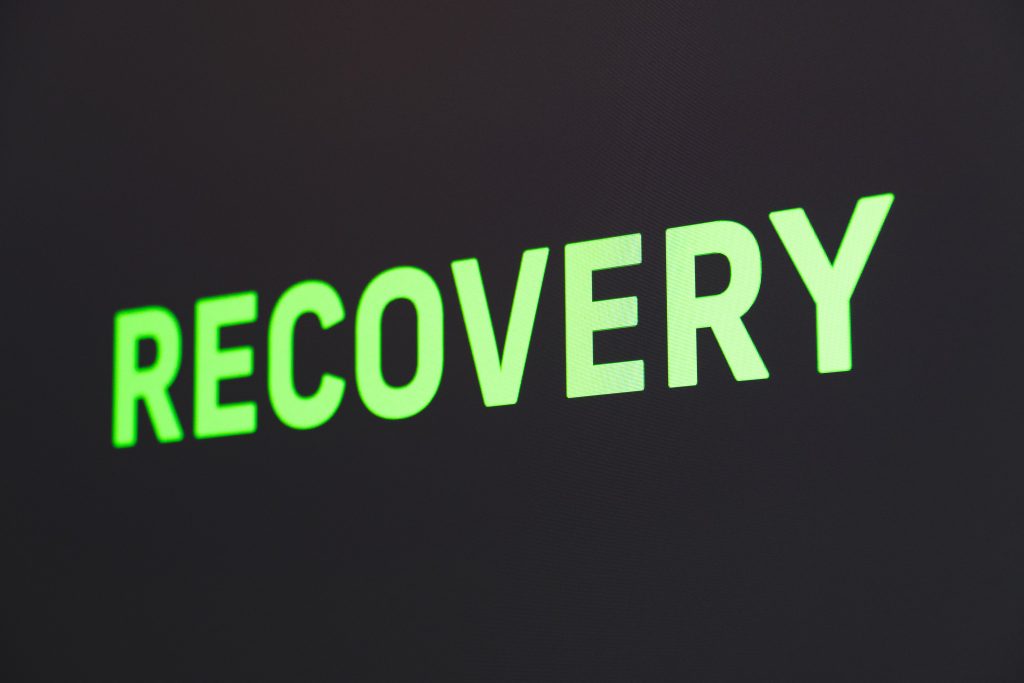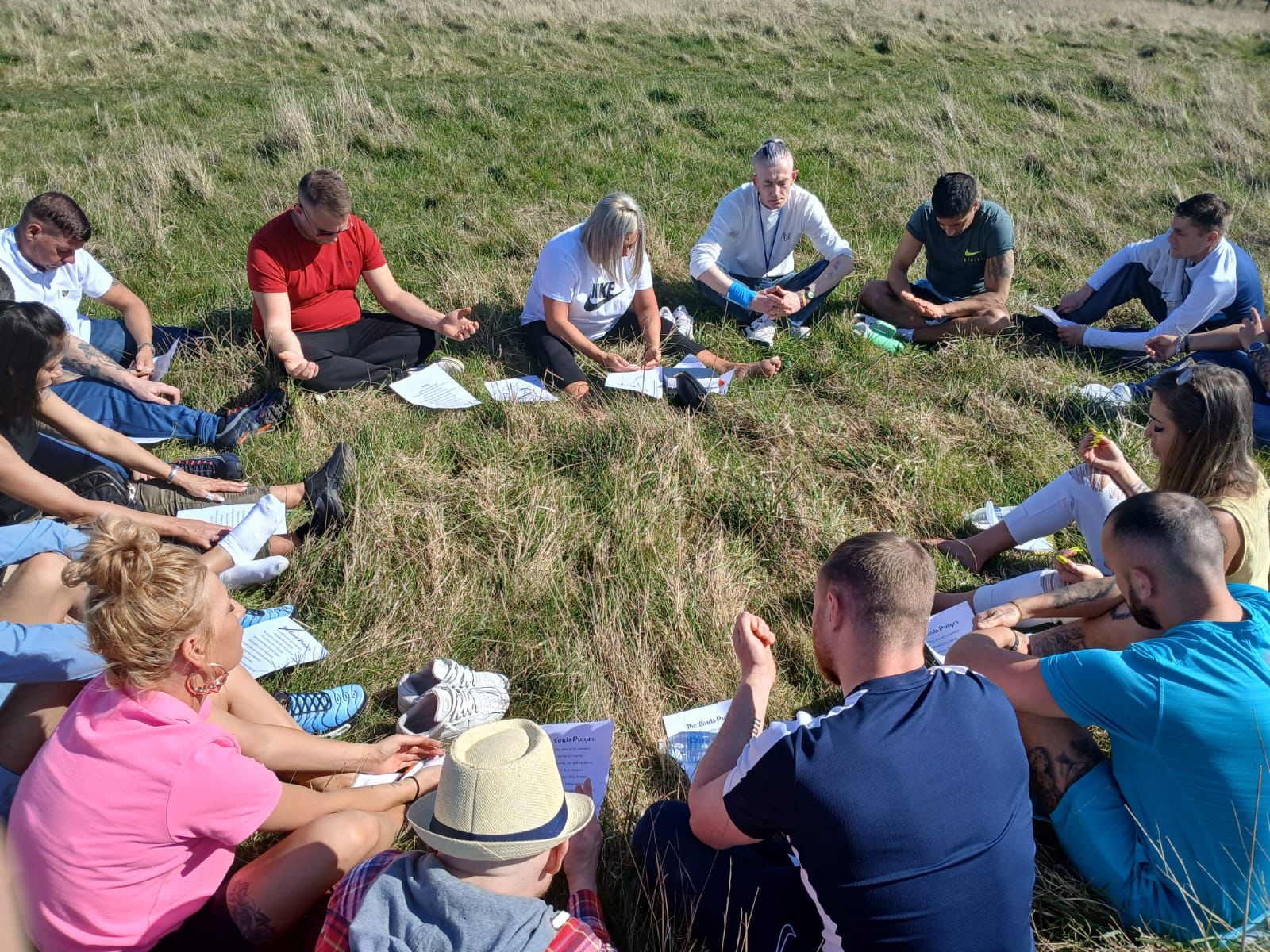How and why do they work for addiction recovery?
The Twelve Steps, which Alcoholics Anonymous (AA) developed, serve as a spiritual foundation for personal recovery from the effects of alcoholism. They apply to both alcohol users and their friends and family in Al-Anon Family Groups. Programs for recovering from addictions other than alcoholism also employ the 12 steps.
Numerous participants in 12-step recovery programs have discovered that these steps became a roadmap for a new way of life rather than just a means of overcoming addiction. Cocaine Anonymous (CA), Narcotics Anonymous (NA), and Alcoholics Anonymous (AA) are a few of the most well-known 12-step programs.
How the Twelve Steps Work
The Twelve Steps offer a suggested program of recovery that worked for the early members of Alcoholics Anonymous and continued to work through the years for many others, regardless of the type of substance they used, as explained in Chapter 5, “How It Works,” in the book Alcoholics Anonymous (also called the Big Book).
The Twelve Steps is the core of the Alcoholics Anonymous program. These are the guidelines designed to provide participants with a way to maintain long-term sobriety and a drug-free way of life.
Twelve-step meetings, where people gather and share their stories, are regarded as the “fellowship” aspect of AA mutual support groups.
Although these groups frequently supplement professional addiction treatment, they may be many individuals’ leading resource for behaviour modification. These kinds of programs can also be beneficial for long-term care and support.
According to one survey, there are roughly 64,000 groups with over 1.4 million members in the United States and Canada. Over 2.1 million members are supported globally by about 115,000 groups.
There are approximately 4,661 UK AA meetings and 723 English-speaking groups in Continental Europe. The United Kingdom has an estimated 23,000 to 25,490 AA members.

The Twelve Steps
All recovery programmes that use a 12-step model follow the same basic principles for each step, even though the original Twelve Steps of AA have undergone modifications over time.
You can use the steps to gain an understanding of your own experiences, as well as to find hope and strength for your recovery, by thoroughly going over them and seeing how others have implemented the principles in their lives. Here are the steps and their guiding ideas:
Honesty: After years of denial, a person can start their recovery process by acknowledging that they are helpless to stop using alcohol or any other drug to which they are addicted. This stage may also be used by their loved ones’ friends and family to acknowledge their addiction.
Faith: You have to believe in the existence of a higher power before you can expect it to act. People with an addiction acknowledge the existence of a higher power who can aid in their recovery.
Give up: By acknowledging that you cannot heal on your own and that you can only do so with the assistance of your higher power, you can alter the self-destructive choices you make.
Soul-searching: The person in recovery needs to pinpoint their issues and understand how their actions impacted themselves and those around them.
Integrity: Step 5 offers an excellent chance for development. In front of their higher power and another individual, the person in recovery must acknowledge their wrongdoings.
Acceptance: Step 6 requires acceptance, embracing character flaws for what they are, and developing a willingness to let them go.
Humility: Step 7’s spiritual theme is humility, which asks a higher power to accomplish a task beyond the scope of one’s willpower or resolve.
Willingness: List the people you have hurt before you start your recovery process.
Forgiveness: Although making amends can be difficult, it can be an excellent way to begin mending your relationships if you’re serious about your recovery.
Maintenance: Admitting mistakes is a painful thing for anyone. However, it’s an essential step to keep up the spiritual advancement in recovery.
Making contact: Step 11 is about discovering what your higher power has planned for your life.
Service: The individual in recovery must spread the word to others and live out the program’s values in all facets of their life.
The Twelve Traditions
In the same way that the 12 steps provide a roadmap for recovery for those addicted, the 12 Traditions serve as the spiritual foundation for the 12 steps. The way that 12-step recovery programs are run is influenced by these traditions. The traditions emphasise the value of interdependence, unity, and capable leadership. Concerns about funding the organisation and handling public relations are also covered.
The 12 traditions guide how the group and the fellowship should interact and how group members should relate to one another.
The Twelve Steps of Recovery
The relative success of the AA program seems to be because an alcoholic who no longer drinks has an exceptional faculty for “reaching” and helping an uncontrolled drinker,
In the simplest form, the AA program operates when a recovered alcoholic passes along the story of their problem drinking, describes the sobriety they have found in AA and invites the newcomer to join the informal fellowship.
The heart of the suggested program of personal recovery is contained inTwelve Steps, describing the experience of the earliest members of the Society:
- We admitted we were powerless over alcohol – that our lives had become unmanageable.
- Came to believe that a Power greater than ourselves could restore us to sanity.
- Made a decision to turn our will and our lives over to the care of God as we understood Him.
- Made a searching and fearless moral inventory of ourselves.
- Admitted to God, to ourselves, and to another human being the exact nature of our wrongs.
- Were entirely ready to have God remove all these defects of character.
- Humbly asked Him to remove our shortcomings.
- Made a list of all persons we had harmed, and became willing to make amends to them all.
- Made direct amends to such people wherever possible, except when to do so would injure them or others.
- Continued to take personal inventory and when we were wrong promptly admitted it.
- Sought through prayer and meditation to improve our conscious contact with God as we understood Him, praying only for knowledge of His will for us and the power to carry that out.
- Having had a spiritual awakening as the result of these steps, we tried to carry this message to alcoholics and to practice these principles in all our affairs.
People who are new to the programme are not required to accept or follow all twelve steps. If they don’t want to or can’t, they don’t have to.
A lot of the time, they will be told to keep an open mind, go to meetings where sober people talk about their own experiences, and read AA literature that explains and describes the AA programme.
When newcomers to AA come in, members usually stress that only problem drinkers can decide for themselves if they are really alcoholics.
At the same time, all available medical evidence shows that alcoholism is a disease that gets worse over time and cannot be cured in the usual sense. However, it can be arrested by not drinking any alcohol at all.

Do 12-Step Recovery Programs Work?
There are numerous ways to recover from substance abuse, and 12-step programs are just one tool that some people may find helpful. According to research, mutual support groups and 12-step programs may be crucial to recovery.
According to self-report data gathered by AA, NA, and CA, the median duration of abstinence among members who are currently attending is five years. Approximately one-third of participants say they have stayed clean for one to five years.
A more formal study corroborates the results of surveys conducted in support groups:
- Better overall results are linked to participation in 12-step recovery programs in addition to specialised substance use treatment.
- Higher levels of involvement are also associated with better results, especially when a person first connects with a 12-step program.
- Engaging in events and going to meetings could lessen the chance of relapsing.
The Pros and Cons of 12-Step Programs
While many people find great benefits in following the 12 steps of recovery, weigh the benefits and drawbacks of these programmes before determining if this is the best course of action for you.
Advantages
These initiatives have several advantages, such as:
• A no-cost tool to help communities deal with addiction-related issues
• Community-based
• Easily accessible
• Motivates participants to participate in their recovery actively
• Provides options both in-person and online
Disadvantages
- 12-step mutual support groups, however, might not be suitable for everyone. A few difficulties or potential drawbacks are as follows:
- It may be more challenging to participate in 12-step groups if you have co-occurring mental health issues or chronic medical conditions.
- This method places all responsibility for addiction and recovery on the individual;
- Women, BIPOC, and sexual minorities may find 12-step groups less helpful
- some people may find the emphasis on helplessness to be disempowering; others may find the emphasis on a higher power to be a put off
- Ignores the physiological components of rehabilitation, like drug detoxification and withdrawal
Expert Care
Apart from peer support groups, such as 12-step programmes or other alternatives, seeking professional treatment can significantly enhance an individual’s recuperation prospects. Depending on the patient’s needs, these treatments could include counselling, medication, or inpatient or outpatient treatment. One should always consider withdrawal management supervision, now available at home.
Consult your physician or a professional service about the options that might be best for you.
If you or your loved one is struggling with an addiction, call Freephone at 0800 140 4044
Freephone: 0800 140 4044
Local rate: 0300 330 3040

